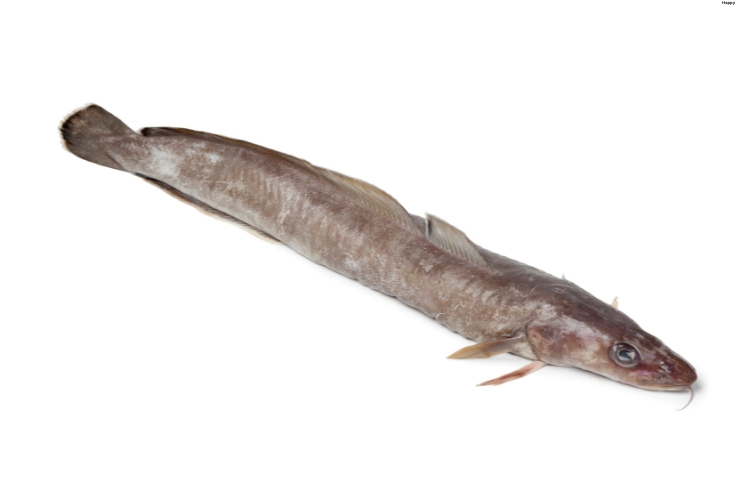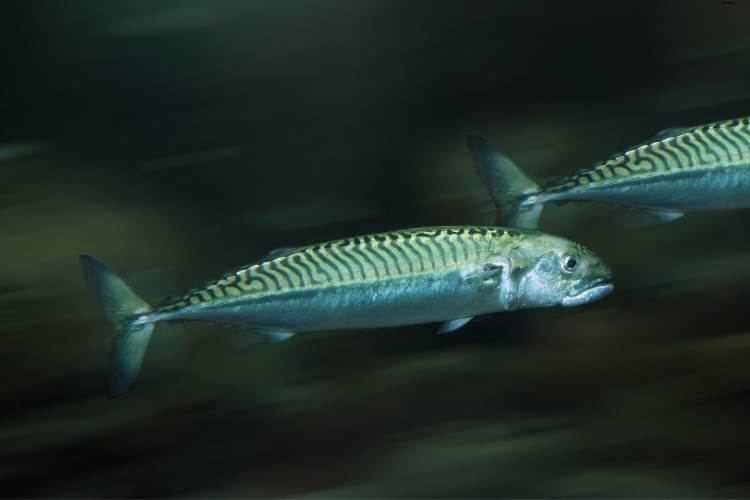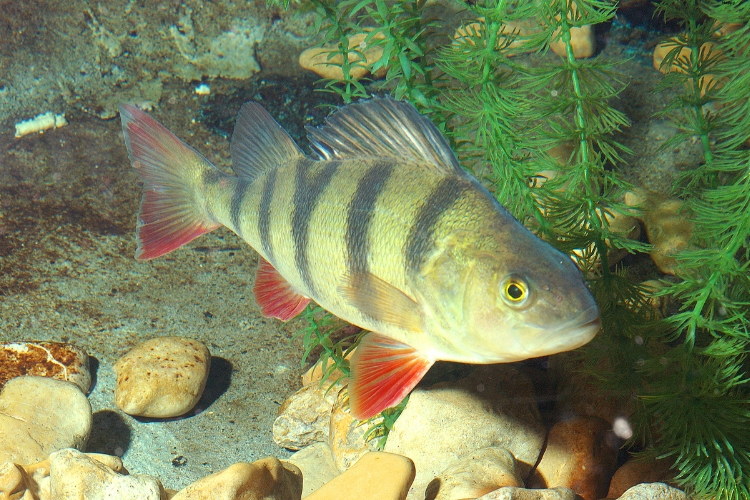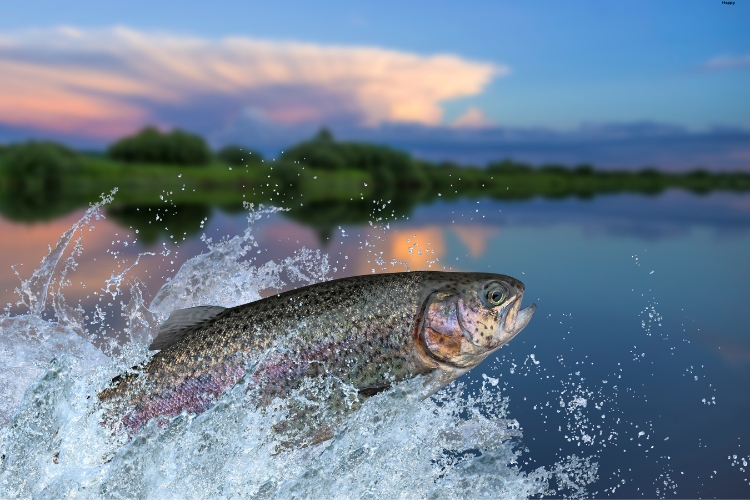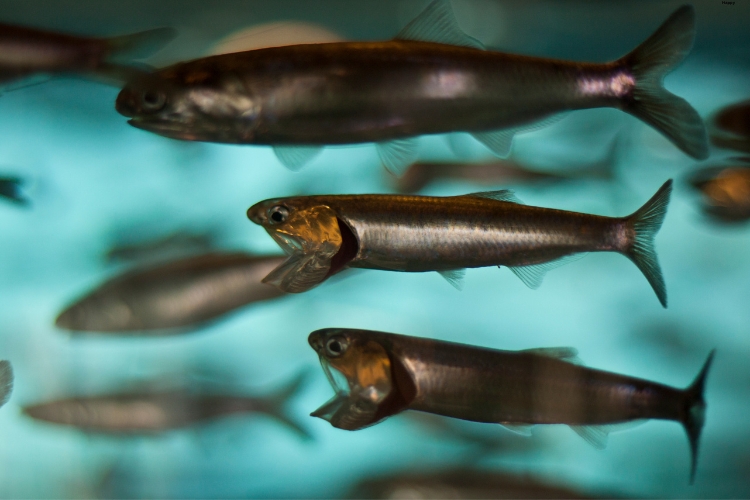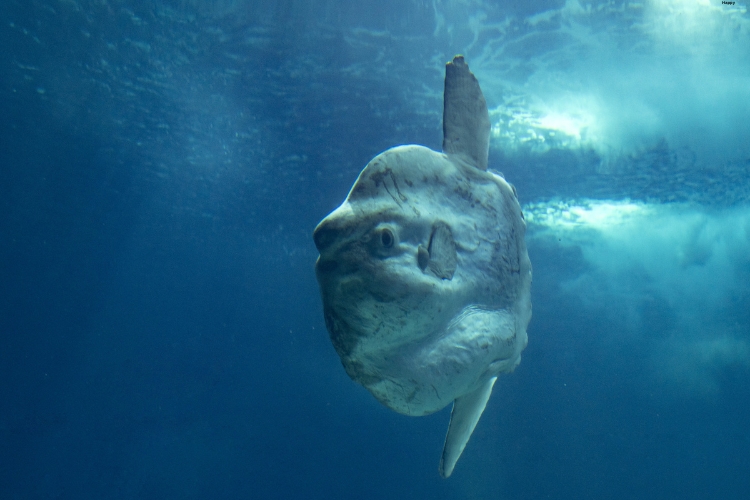Fish reproduction is a fascinating aspect of marine biology, with some species demonstrating remarkable fecundity. This article explores 15 fish species known for their extraordinary egg-laying capabilities, shedding light on the diverse reproductive strategies in the aquatic world.
Whether you’re an aspiring marine biologist, an aquarium enthusiast, or simply curious about nature’s wonders, this comprehensive guide will provide valuable insights into the prolific breeders of the underwater realm.
Understanding Fish Reproduction
Before diving into our list of prolific egg-layers, it’s essential to understand the basics of fish reproduction:
- Spawning: The process where fish release eggs and sperm into the water for fertilization.
- External fertilization: Most fish species fertilize their eggs outside the body.
- Parental care: Varies widely among species, from no care to extensive protection of eggs and fry.
- Environmental factors: Water temperature, season, and habitat conditions often influence spawning.
Why Do Some Fish Lay So Many Eggs?
Several factors contribute to the high fecundity of certain fish species:
- Survival strategy: Laying numerous eggs increases the chances of offspring survival in challenging environments.
- Predation pressure: Many eggs and resulting fry become food for other marine life.
- Environmental hazards: Factors like currents, temperature changes, and pollution can impact egg and fry survival.
- Parental investment: Species with little to no parental care often produce more eggs to compensate.
 The Top 15 Fish That Lay the Most Eggs
The Top 15 Fish That Lay the Most Eggs
Now, let’s explore the champions of egg production in the aquatic world:
1. Ocean Sunfish (Mola mola)
- Egg count: Up to 300 million eggs per spawning
- Spawning frequency: Annually
- Habitat: Tropical and temperate oceans worldwide
The ocean sunfish, also known as the common mola, holds the record for the highest number of eggs produced by any vertebrate. These massive, disc-shaped fish release their eggs into the open ocean, where they’re fertilized externally.
2. Cod (Gadus morhua)
- Egg count: Up to 9 million eggs per spawning
- Spawning frequency: Annually
- Habitat: North Atlantic Ocean
Cod are prolific spawners, with females releasing millions of eggs into the water column. This high fecundity is crucial for maintaining populations, especially given the species’ commercial importance.
3. Ling (Molva molva)
- Egg count: Up to 60 million eggs per spawning
- Spawning frequency: Annually
- Habitat: North Atlantic Ocean and Mediterranean Sea
The ling, a member of the cod family, is another remarkably fertile fish. Its high egg production helps offset the heavy predation on its young.
4. Atlantic Bluefin Tuna (Thunnus thynnus)
- Egg count: Up to 10 million eggs per spawning
- Spawning frequency: Annually
- Habitat: Atlantic Ocean and Mediterranean Sea
Despite being critically endangered due to overfishing, bluefin tuna are prolific breeders. Their high fecundity is a survival adaptation in the face of numerous threats.
5. Sturgeon (Various species)
- Egg count: Up to 7 million eggs per spawning
- Spawning frequency: Every 2-7 years
- Habitat: Freshwater and coastal marine environments
Sturgeons, ancient fish known for their caviar, produce massive quantities of eggs. However, their long maturation period and infrequent spawning make them vulnerable to overfishing.
6. Mackerel (Scomber scombrus)
- Egg count: Up to 1 million eggs per spawning
- Spawning frequency: Annually
- Habitat: North Atlantic Ocean and Mediterranean Sea
Mackerel are batch spawners, releasing their eggs in several batches throughout the spawning season. This strategy helps ensure that some eggs will encounter favorable conditions for survival.
7. Atlantic Halibut (Hippoglossus hippoglossus)
- Egg count: Up to 4 million eggs per spawning
- Spawning frequency: Annually
- Habitat: North Atlantic Ocean
The largest flatfish species, Atlantic halibut, produces an impressive number of eggs. However, like many marine species, only a tiny fraction survive to adulthood.
8. Paddlefish (Polyodon spathula)
- Egg count: Up to 600,000 eggs per spawning
- Spawning frequency: Annually
- Habitat: Fresh waters of North America
Paddlefish, with their distinctive paddle-shaped snouts, are among the most prolific freshwater egg-layers. Their high fecundity helps maintain populations in the face of habitat loss and overfishing.
9. Yellow Perch (Perca flavescens)
- Egg count: Up to 200,000 eggs per spawning
- Spawning frequency: Annually
- Habitat: Freshwater lakes and rivers of North America
Yellow perch lay their eggs in long, gelatinous strands that can stretch up to seven feet in length. This unique spawning behavior helps protect the eggs from predators.
10. Walleye (Sander vitreus)
- Egg count: Up to 500,000 eggs per spawning
- Spawning frequency: Annually
- Habitat: Fresh waters of North America
Walleye, a popular game fish, produce a large number of eggs to ensure population stability. Their nocturnal spawning behavior helps protect the eggs from daytime predators.
11. Lake Trout (Salvelinus namaycush)
- Egg count: Up to 18,000 eggs per spawning
- Spawning frequency: Annually
- Habitat: Cold, deep lakes of North America
While not producing as many eggs as some species on this list, lake trout are notable for their large egg size and the care they take in selecting spawning sites, often in deep water over rocky substrates.
12. Carp (Cyprinus carpio)
- Egg count: Up to 300,000 eggs per kilogram of body weight
- Spawning frequency: Annually
- Habitat: Freshwater environments worldwide
Carp are known for their adaptability and high reproductive rate. Their eggs adhere to aquatic vegetation, providing some protection from predators.
13. American Shad (Alosa sapidissima)
- Egg count: Up to 600,000 eggs per spawning
- Spawning frequency: Annually
- Habitat: Atlantic coast of North America
American shad are anadromous fish, migrating from the ocean to freshwater rivers to spawn. Their high fecundity helps offset the risks associated with this challenging journey.
14. Mahi-mahi (Coryphaena hippurus)
- Egg count: Up to 1 million eggs per spawning
- Spawning frequency: Multiple times per year
- Habitat: Tropical and subtropical waters worldwide
Mahi-mahi, also known as dolphinfish, are fast-growing and prolific breeders. Their ability to spawn multiple times per year contributes to their high reproductive output.
15. Bluegill (Lepomis macrochirus)
- Egg count: Up to 60,000 eggs per spawning
- Spawning frequency: Multiple times per year
- Habitat: Freshwater environments of North America
Bluegill are known for their complex spawning behavior, with males building and guarding nests. Their ability to spawn multiple times per season contributes to their reproductive success.
Comparative Table of Egg Production
| Species | Maximum Egg Count | Spawning Frequency | Habitat Type |
|---|---|---|---|
| Ocean Sunfish | 300,000,000 | Annually | Marine |
| Cod | 9,000,000 | Annually | Marine |
| Ling | 60,000,000 | Annually | Marine |
| Atlantic Bluefin Tuna | 10,000,000 | Annually | Marine |
| Sturgeon | 7,000,000 | Every 2-7 years | Both |
| Mackerel | 1,000,000 | Annually | Marine |
| Atlantic Halibut | 4,000,000 | Annually | Marine |
| Paddlefish | 600,000 | Annually | Freshwater |
| Yellow Perch | 200,000 | Annually | Freshwater |
| Walleye | 500,000 | Annually | Freshwater |
| Lake Trout | 18,000 | Annually | Freshwater |
| Carp | 300,000 per kg | Annually | Freshwater |
| American Shad | 600,000 | Annually | Both |
| Mahi-mahi | 1,000,000 | Multiple times/year | Marine |
| Bluegill | 60,000 | Multiple times/year | Freshwater |
Environmental Factors Affecting Egg Production
Several environmental factors can influence the egg-laying capacity of fish:
- Water temperature: Many species require specific temperature ranges to trigger spawning.
- Photoperiod: Changes in day length can stimulate reproductive processes.
- Water quality: Pollutants and low oxygen levels can negatively impact egg production and survival.
- Food availability: Adequate nutrition is crucial for egg development and quantity.
- Habitat conditions: Suitable spawning grounds are essential for successful reproduction.
Conservation Implications
Understanding the reproductive strategies of these prolific egg-layers is crucial for conservation efforts:
- Overfishing concerns: Despite high fecundity, many species are vulnerable to overfishing.
- Habitat protection: Preserving spawning grounds is essential for maintaining healthy populations.
- Climate change impacts: Changing ocean conditions may affect spawning behaviors and egg survival rates.
- Ecosystem balance: The eggs and fry of these species often play crucial roles in marine food webs.
Conclusion
The remarkable egg-laying capabilities of these 15 fish species showcase the diverse reproductive strategies evolved to ensure species survival in the challenging aquatic environment.
From the ocean sunfish’s staggering 300 million eggs to the bluegill’s more modest but frequent spawning, each species has adapted its reproductive approach to its specific ecological niche.
Understanding these reproductive patterns is not only fascinating from a biological perspective but also crucial for conservation efforts and sustainable fisheries management.
As we continue to study and appreciate the wonders of aquatic life, let’s remember the importance of preserving these species and their habitats for future generations.
By protecting these prolific breeders and their ecosystems, we safeguard the delicate balance of marine and freshwater environments, ensuring the continuation of these remarkable life cycles for years to come.

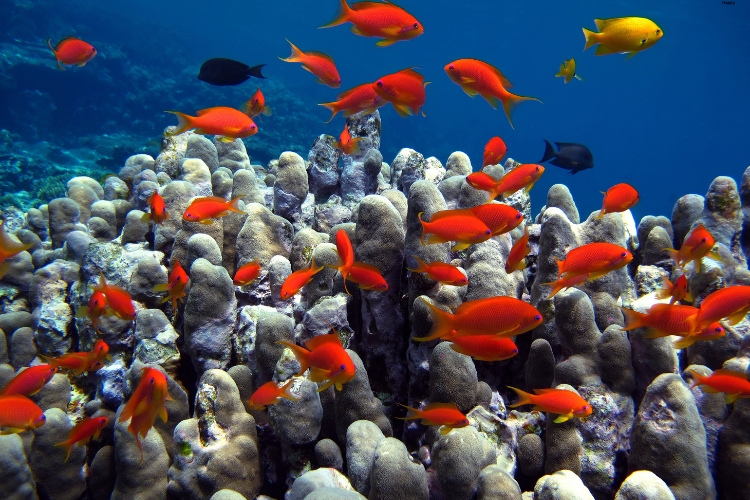
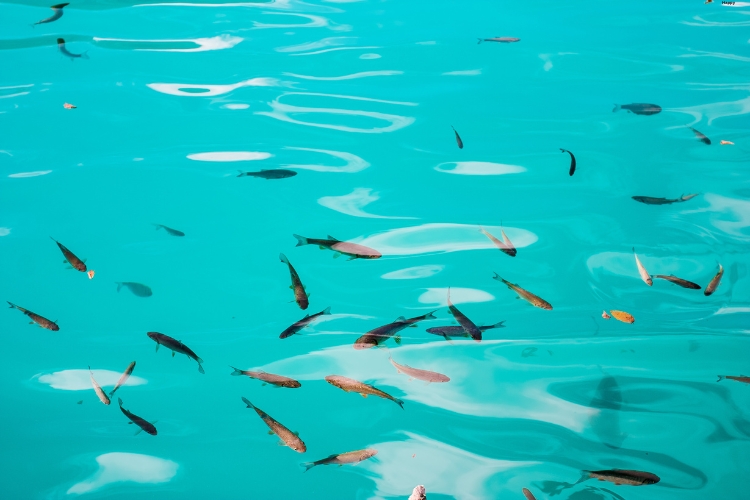
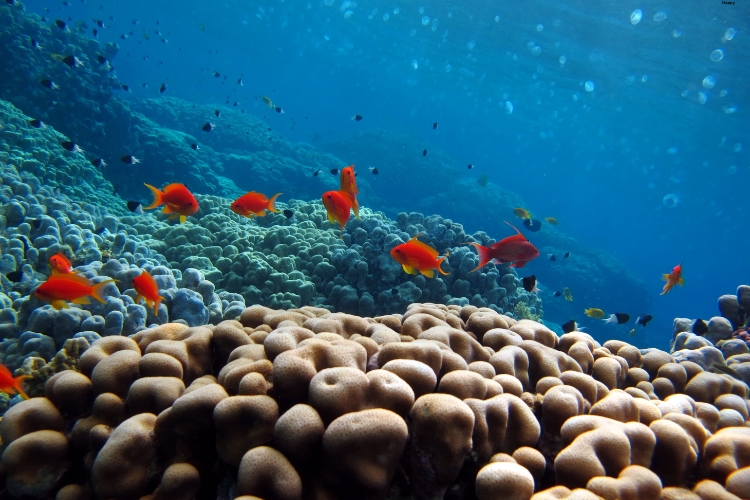 The Top 15 Fish That Lay the Most Eggs
The Top 15 Fish That Lay the Most Eggs